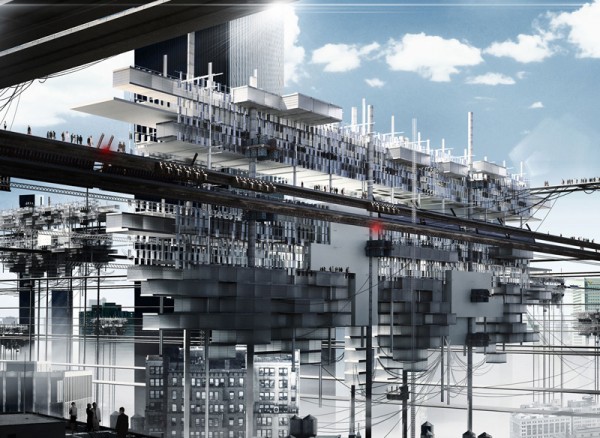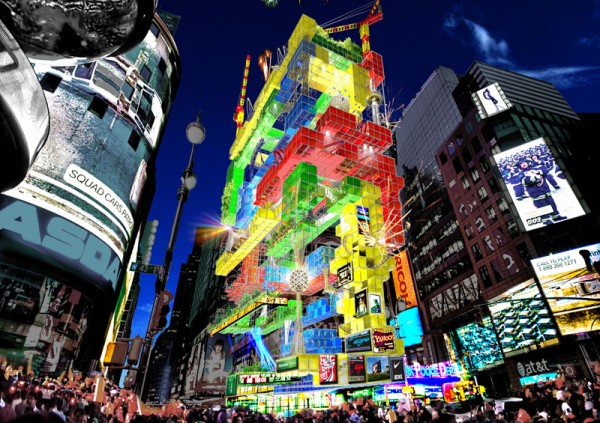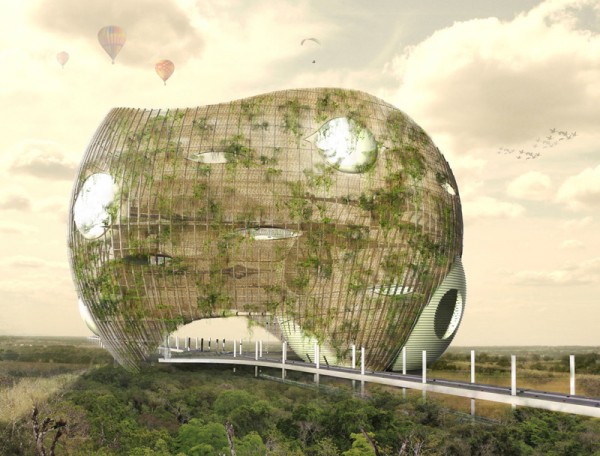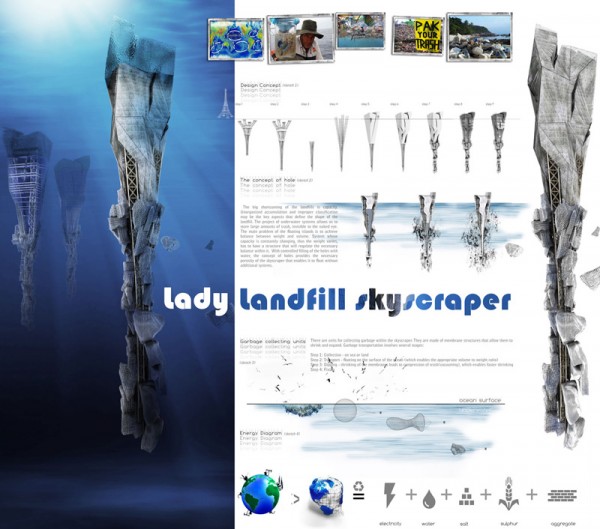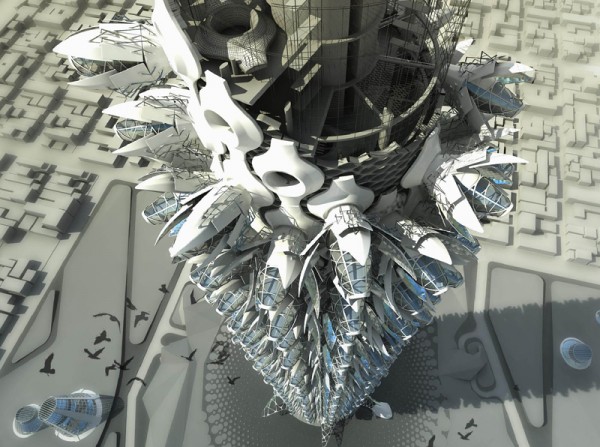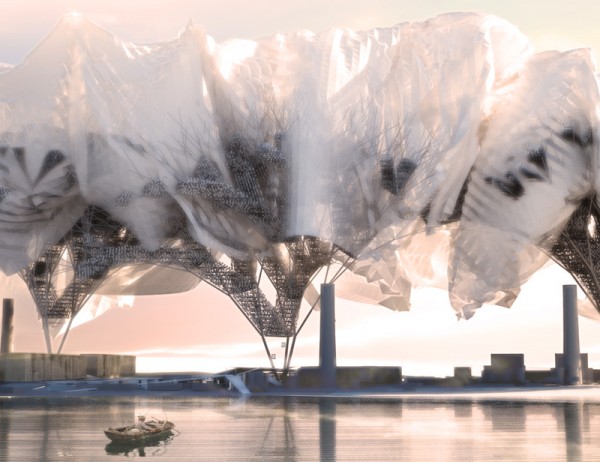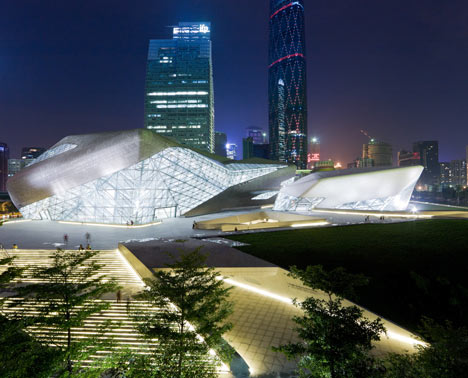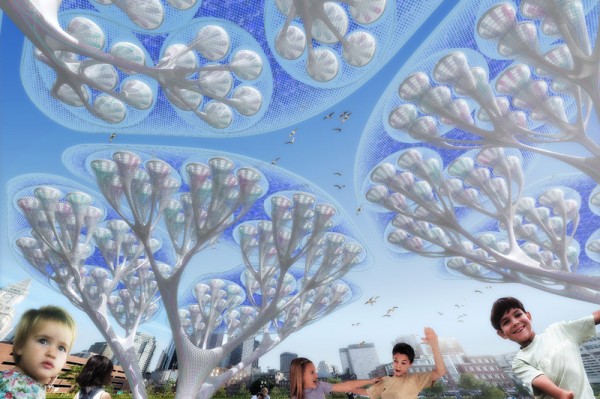Honorable Mention
2011 Skyscraper Competition
Adam Nakagoshi, Thao Nguyen
United States
Elevated Connectivity is a high-rise proposal that creates a new urban grid above the city by connecting existing skyscrapers. This elevated horizontal platform would become a new type of public domain that will redefine the interaction between people and their city – allowing new program and architecture on the top levels of the existing structures. The entire city would have three main layers. The ground floor will remain public and mainly used for transportation. The middle layer will be a private one with residences and offices while the third one will be dedicated to leisure and entertainment activities. Read the rest of this entry »

